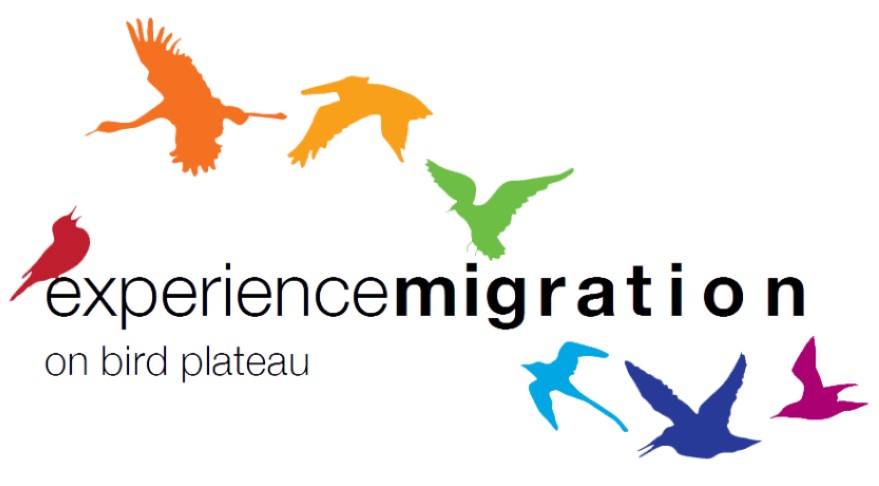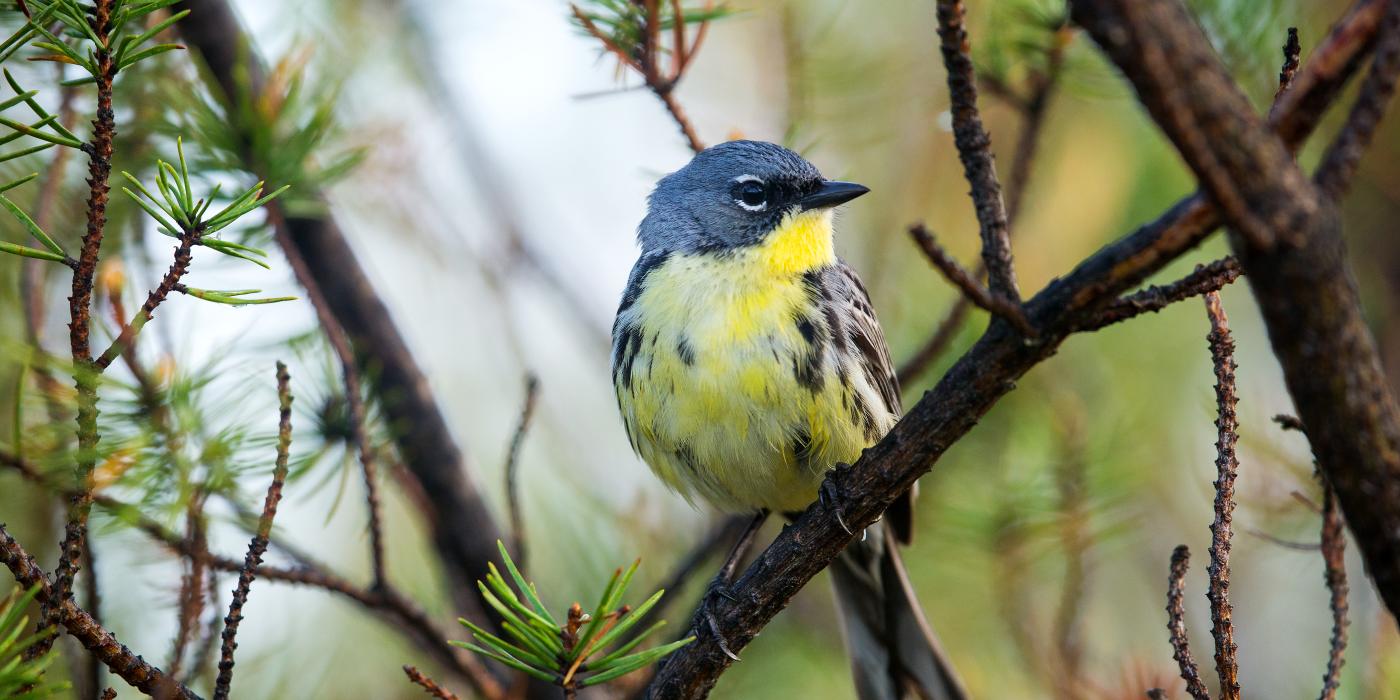Smithsonian’s National Zoo To Build “Experience Migration” Exhibition Dedicated to Migratory Birds
Bird House To Close Jan. 2
The Smithsonian’s National Zoo and Conservation Biology Institute is transforming its historic 1928 Bird House into “Experience Migration,” a state-of-the-art exhibition about one of the most spectacular stories in the natural world—the migration of birds in the Western Hemisphere. The Bird House will close Jan. 2, 2017; “Experience Migration” is slated to open in spring 2020. Visitors will be able to see birds that are in the Zoo’s outdoor enclosures, including flamingos, cranes and kori bustards, for several more months.
With almost 100 species of birds, “Experience Migration” and the surrounding bird plateau will be the first zoo exhibition of this size that focuses on the cyclical journeys of migratory songbirds, waterfowl and shorebirds integral to North, Central and South American ecosystems. Through themed walk-through aviaries, interactive experiences and dynamic educational programming, “Experience Migration” will inspire and connect visitors to birds in whole new ways.
Migratory birds are vitally important indicators of environmental health. They play critical roles in pest control, pollination and seed dispersal for trees and plants as well as crops. However, more than one-third of birds on the North American continent are at risk of extinction without significant conservation intervention.
“Birds are truly a shared resource,” said Zoo Director Dennis Kelly. “With so many species showing alarming population declines, we must take steps to conserve birds and their shrinking habitats. Opening a major exhibition dedicated to the phenomenon of migration coupled with the scientific advances in the study of wild birds by our Migratory Bird Center and the Zoo’s migratory bird husbandry expertise will help raise awareness and tackle these issues head on.”
Inside the newly renovated building, visitors will have a multi-sensory, immersive experience as they journey through naturalistic exhibits representing habitats of critical importance in the annual life cycles of migratory birds. Within the Tracking Station, visitors can get up close as staff conduct wild bird banding and demonstrate how they use satellite tracking to follow the movement of birds. A multimedia Migration Passageway will immerse visitors in a spectacle of rushing wings, providing a bird’s eye view of the world. In the first of three walk-through aviaries, visitors will learn about shorebird migration in the Delaware Bay Aviary. Along with birds like the red knot and ruddy turnstone, the aviary will feature horseshoe crabs, fish and invertebrates native to the Delaware Bay. Visitors will cross into the Prairie Pothole region of the northern Great Plains to view species of waterfowl while learning the importance of the wetlands. In the tropical Bird-Friendly Coffee Farm Aviary, guests will see the migratory Baltimore oriole or wood thrush and a resident flock of sunbittern. Songbirds will flit among coffee plants to represent a rustic coffee farm with the goal of inspiring the visitor to understand how native birds and agriculture can thrive together.
The outside yards on the Plateau will continue to feature charismatic favorites such as Caribbean flamingos, ratites, cranes and kori bustards from the Zoo’s current collection. In the outdoor Great Flight Aviary, North American birds with conservation success stories, such as the wild turkey and wood duck, will complement other resident birds and offer an opportunity to learn how to bird watch within a temperate forest typical of Washington, D.C.’s Rock Creek Park.
The Zoo and Smithsonian Conservation Biology Institute (SCBI) has a history of extensive research on the ecology, evolution and conservation of migratory birds. However, there is little husbandry research and information available for bird experts. Conservation requires a fundamental understanding of birds’ biology. In support of the work of SCBI research scientists, Zoo animal care staff will develop the husbandry and reproductive programs for species in need of urgent conservation support—native songbirds and shorebirds that depend on coastlines and tropical forests.
Understanding husbandry and aviculture breeding requirements is an essential and timely component in response to declining bird populations. Migratory birds are increasingly at risk due to habitat destruction, climate change, pollution, toxins, pesticides, electrified power lines, wind turbines, feral and some domestic animals and physical changes to landscapes and habitats. Combining the Zoo and SCBI’s field research with the breeding of songbirds and shorebirds in human care will help scientists determine what influences their survival and ensure the health, well-being and sustainability of wild species.
Animal care staff and scientists have already successfully developed husbandry programs for other bird species such as the Guam rail, Micronesian kingfisher, brown kiwi, loggerhead shrike, Stanley crane, white-naped crane, Caribbean flamingo, greater rhea, Bali mynah and kori bustard. The Zoo will document best practices in songbird and shorebird care to help insure sustainable populations.
Animal care staff have made a significant effort to find new homes for birds that will not be a part of “Experience Migration.” Typically, bird specialists work together within AZA accredited zoos to transfer birds for breeding and renewing exhibits. The rest of the Zoo’s indoor birds will move to temporary housing in behind-the-scenes locations around the Zoo. Birds that inhabit the Zoo’s outdoor habitats may be moved pending construction.
Construction on "Experience Migration" starts in 2017. The total project cost is estimated at $55.25 million—$45 million paid with federal funds and $10.25 million to be raised from private donations.
While the Bird House and surrounding grounds are closed for construction, the Zoo will provide updates on scientific research and the birds in its care through a dedicated “Experience Migration” section of the Zoo’s website, social media and the National Zoo News and Smithsonian Conservation Biology Institute email newsletters.




